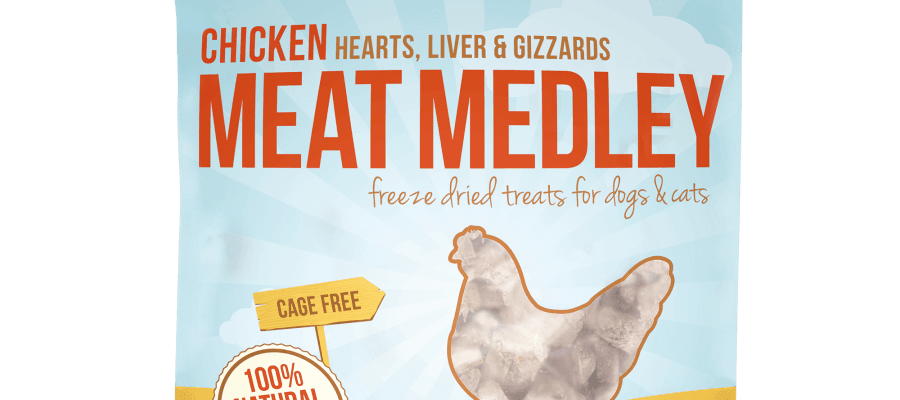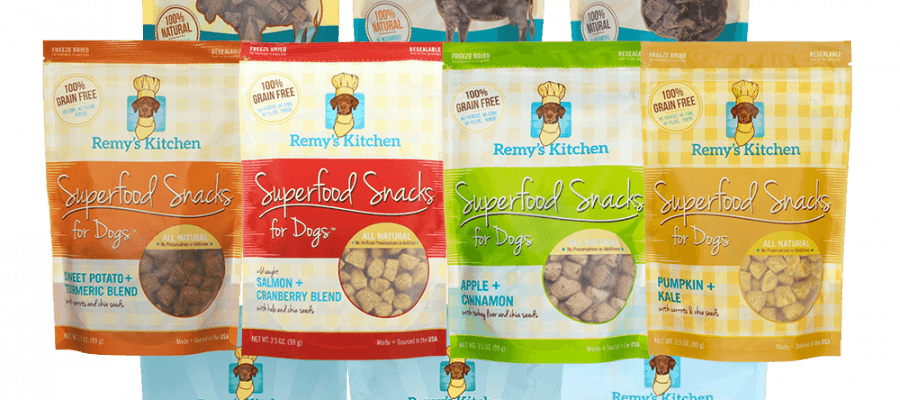It’s undeniable – summer is HERE! As July rolls around, so too do barbecues, slip-n-slides, pool days and fireworks. July also marks National Lost Pet Prevention Month – an initiative Remy’s Kitchen is passionate about.
Every two seconds, a pet goes missing. In fact, over 10 million animals go missing every year, and only 1 in every 10 make it back to their owner. We’re on a mission to see that missing number go down, and that return number go up.
Remy’s Kitchen is here to share some actionable advice from PetHub, who created National Lost Pet Prevention Month, to drive a deeper conversation around the many aspects of keeping pets safe at home with their families. Here’s what you should know about lost pet prevention and recovery:
Ensure your pet’s collar fits securely
A properly fitted collar should be snug around your dog’s neck, allowing just enough room for you to slip two fingers underneath. Collars that are too loose can slip over your pet’s head if they suddenly shift into reverse. Also, check the buckle for wear and replace the collar if necessary – a pet without their collar would be on their own with no identification tags!
Verify and update microchip information
Check that the contact information you provided (name, address, phone number, etc.) the microchip company is still accurate. In case your pet escapes while you’re away from home, you’ll want to ensure anyone who scans him/her is able to quickly get in touch with you.
ID tags are KEY!
We’re talking all things external ID tag, microchip, pet license, and additional tools like travel crate tags and wallet cards. Anything that can help ensure your pet is associated with contact information that will get him or her quickly back to you in the instance you are separated is key.
Other notes on ID tags: it’s recommended you include at least two phone numbers on the tag, without an associated name. To keep humans safe, avoid putting your name or physical address on the tag. Instead, simply list two (or more) phone numbers with area codes on the tag, so that if your pet is found, there’s more than one opportunity for someone to get in touch with your family about returning your pet.
Leave tags on while traveling
Summer means vacations for many families, sometimes including your fur babies. It’s crucial you leave your pet ID tags on them, even after you arrive at your destination. Doing so will ensure that if they slip out of reach and don’t know how to get back to you, someone is more likely to find and return them to you.
Check your leashes
Like everything else, leashes sometimes need to be replaced – especially if your pup has a tendency to chew or pull! Check the latch regularly to be sure the spring is operating properly, and examine the entire leash for damage. This is especially important for people using retractable leashes, which makes it more challenging to see if the leash is wearing out. Once a month or so, attach your leash to something stationary, walk back to the point that the leash is fully extended, and give it a good tug – at least twice as hard as your dog would pull in pursuit of a squirrel. If it snaps, you’ll know it’s time for a new one!
Have a plan for car travel
For pets in the car, there’s a proper order to things. You may think that once you pet is in the car, he’s safe. But what if a travel companion opens the door on the other side of the vehicle and your pal scoots out before you get him secured in his seat belt? When you’re ready to leave, put your pet in the car, fasten his seatbelt or get him in his carrier, and then remove his leash. When you arrive, reattach his leash and then remove him from the carrier or unbuckle his seatbelt. This procedure applies for all stops – including breaks at rest areas – along the way.
Skip off-leash time
Even if your pup is trained to be obedient off a leash, when traveling anywhere outside of your home, it’s best to keep your dog leashed, as your fur friend may be extra curious and likely to roam to enjoy different smells.
Treat your pup for staying closeby
Here’s where Remy’s Kitchen comes in – treat your pet for staying nearby during things like barbecues and get-togethers. Positive reinforcement for good behavior is key in reminding your babies to keep up the great work and stick by your side.




